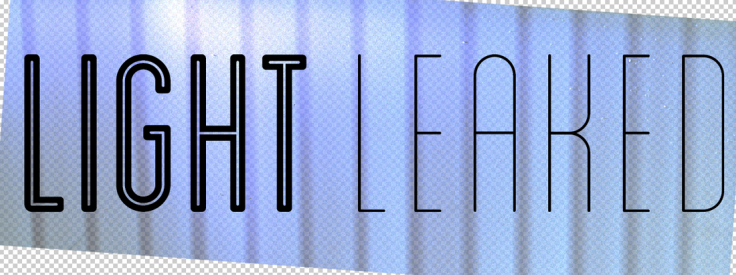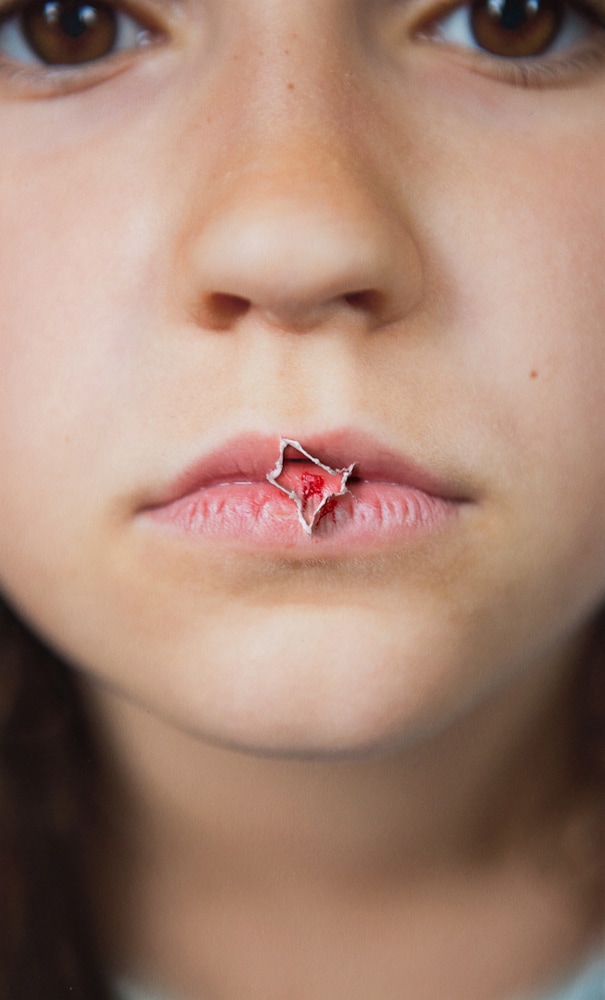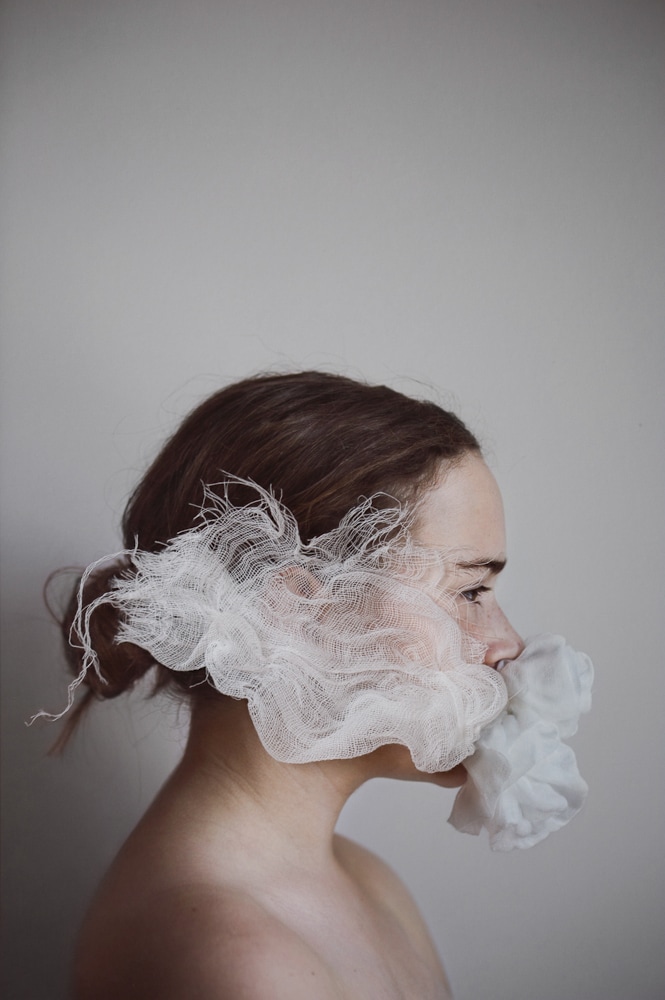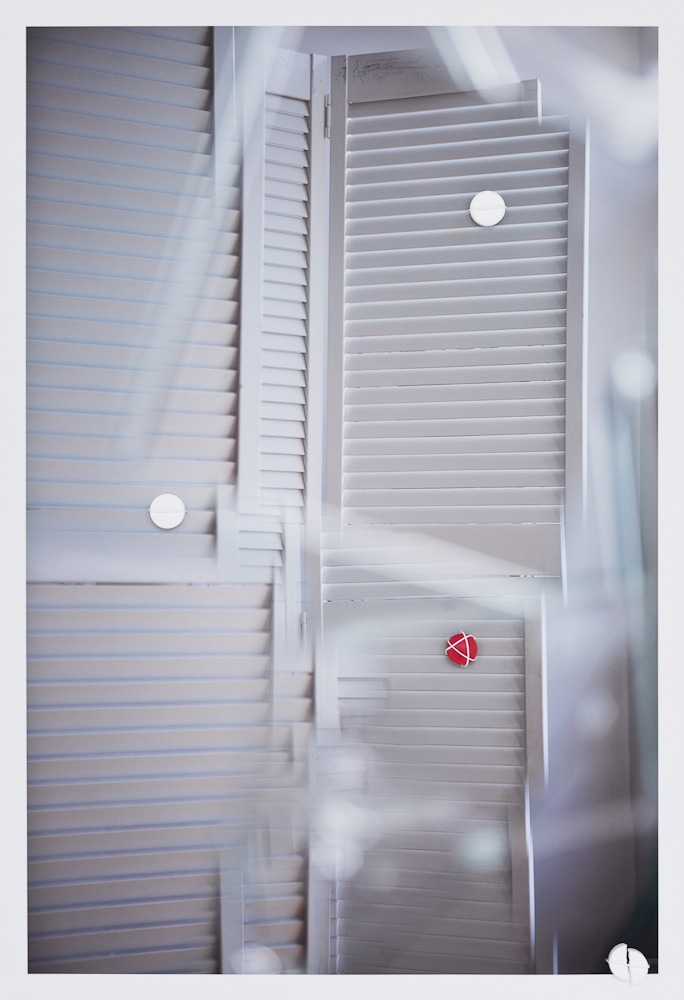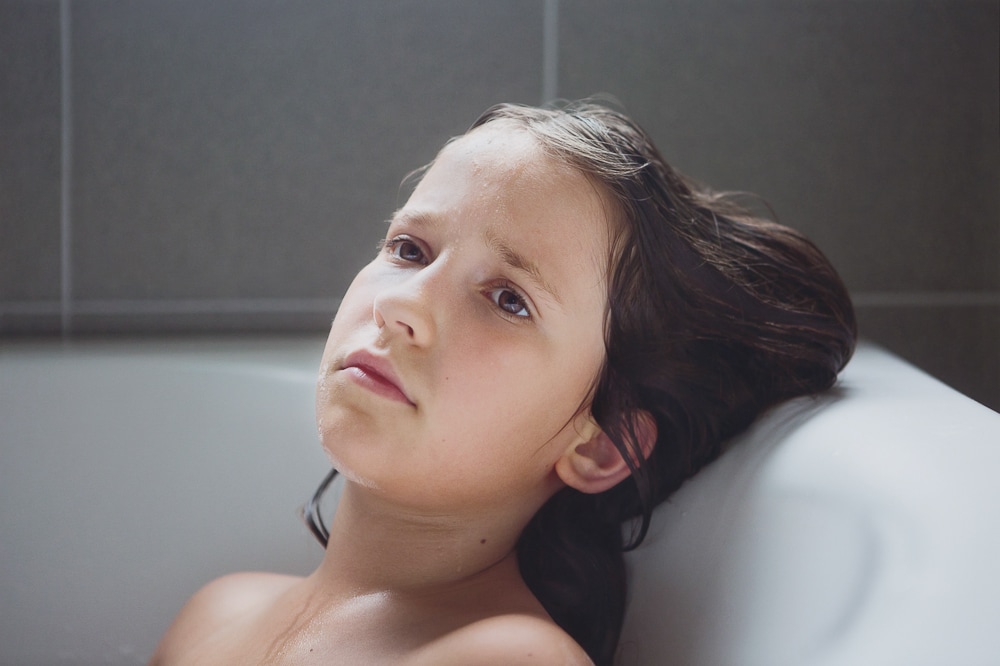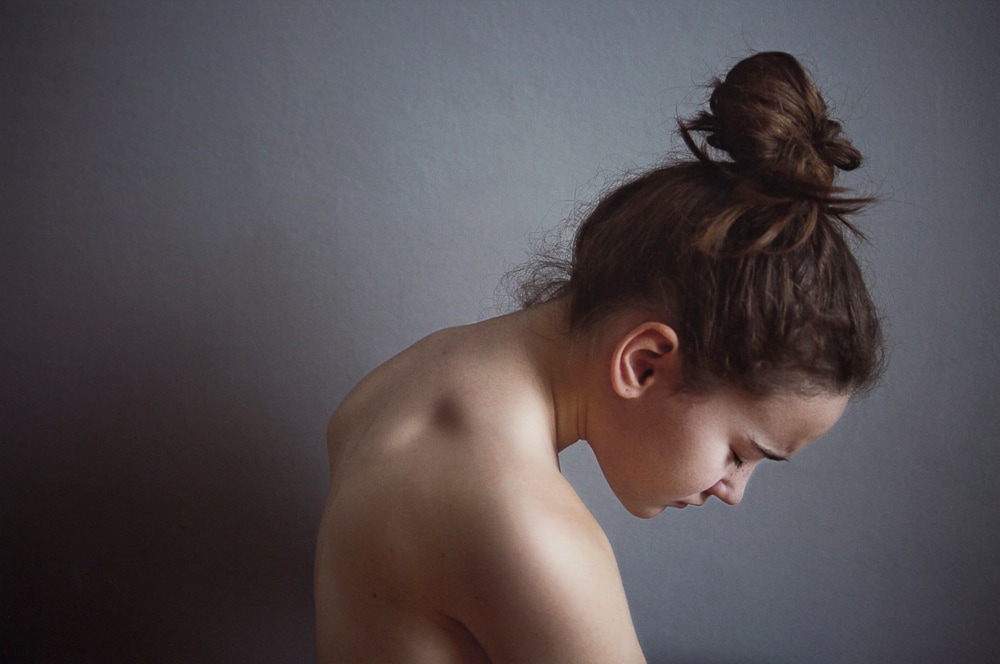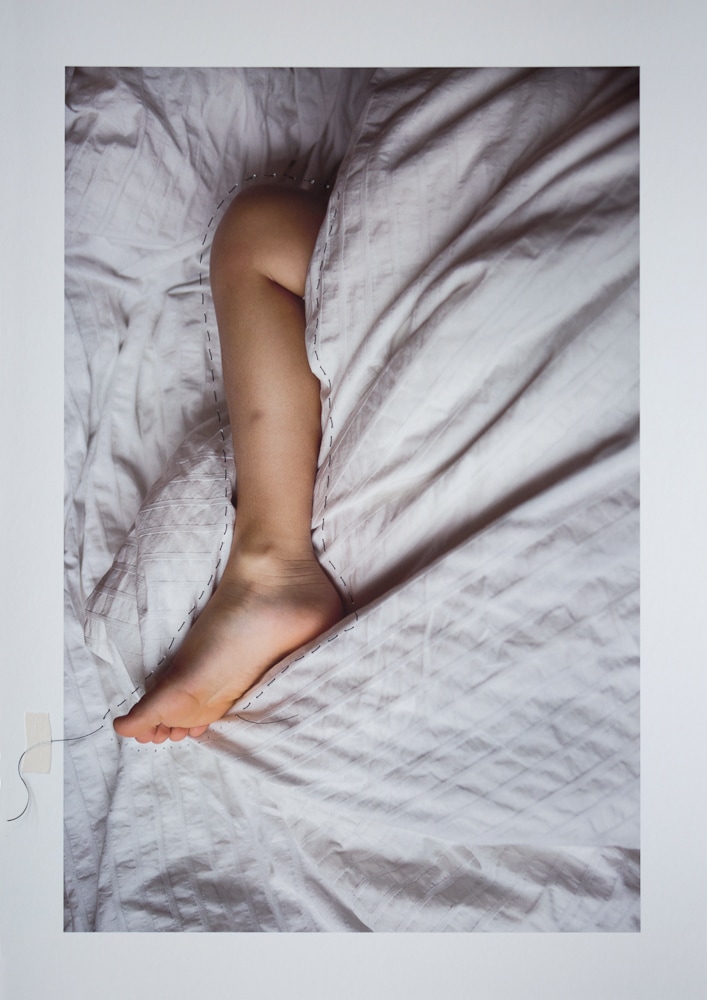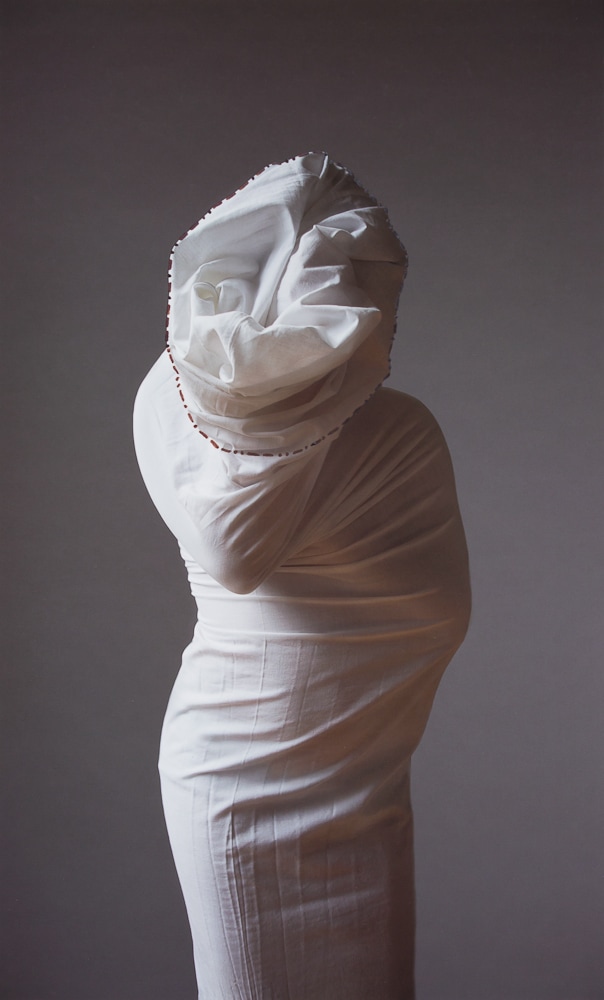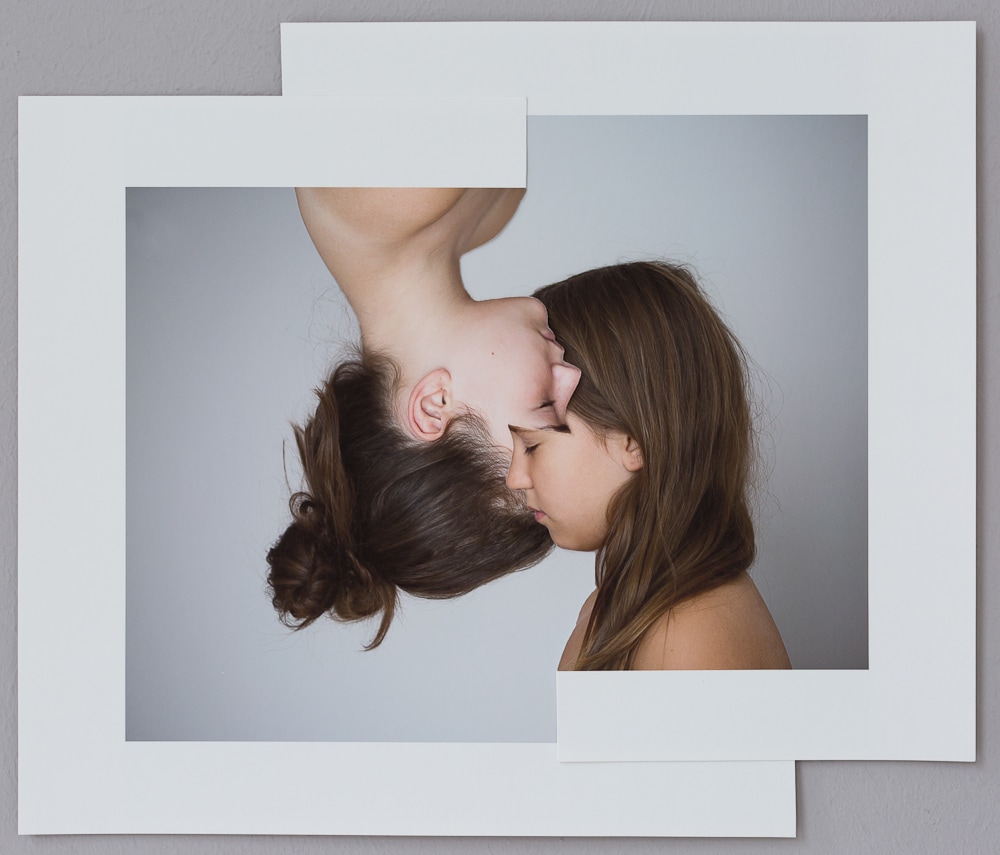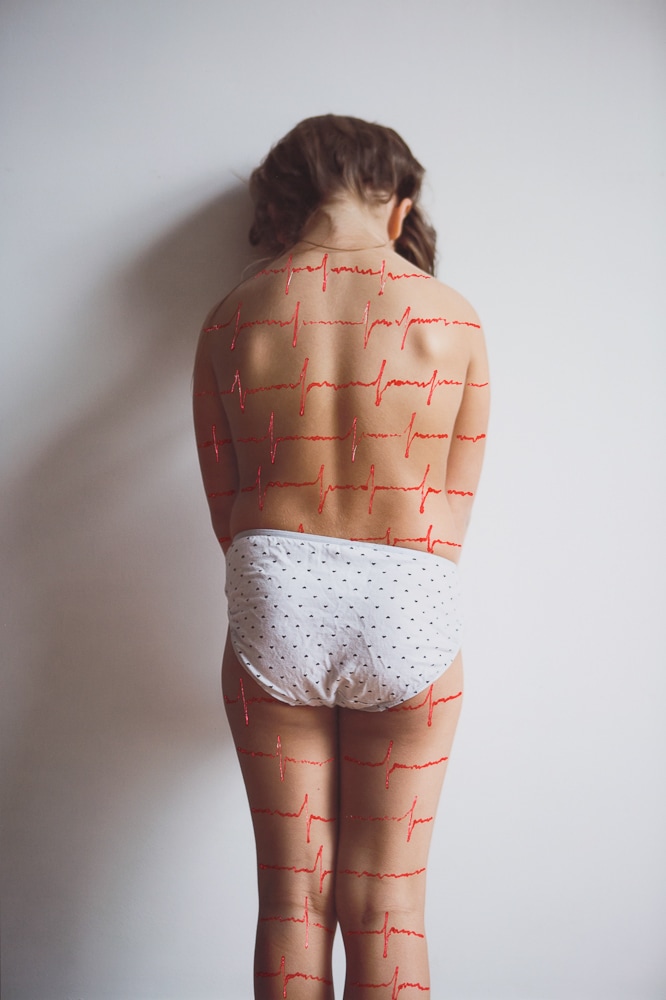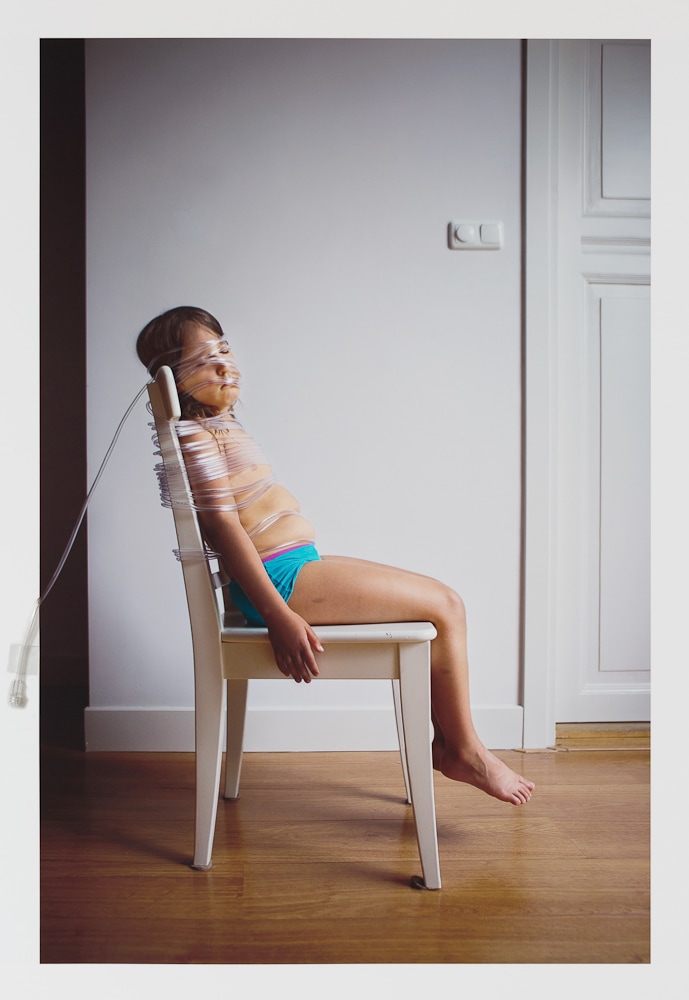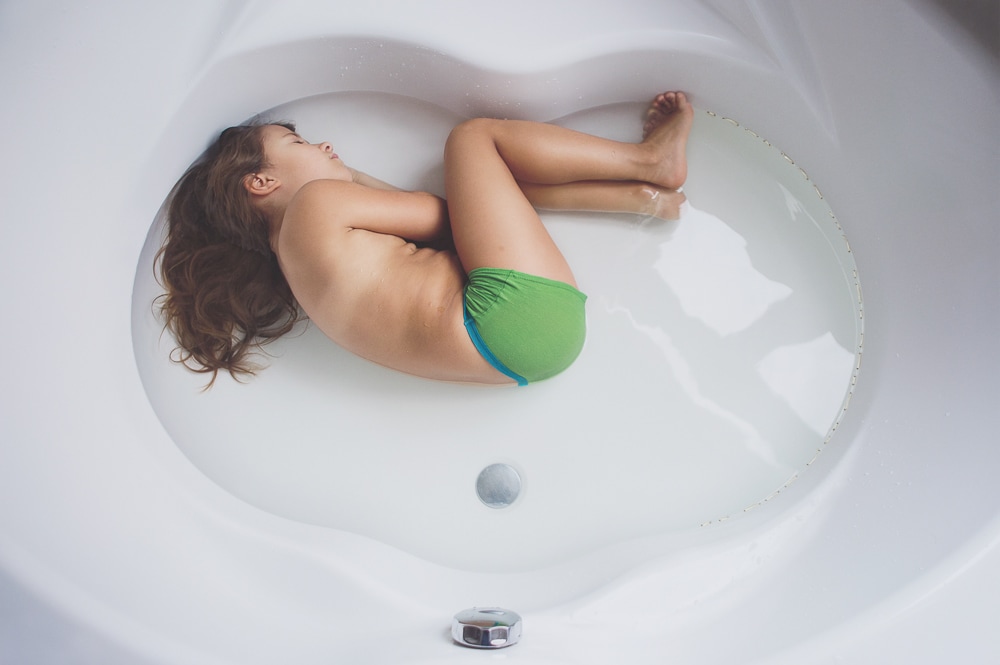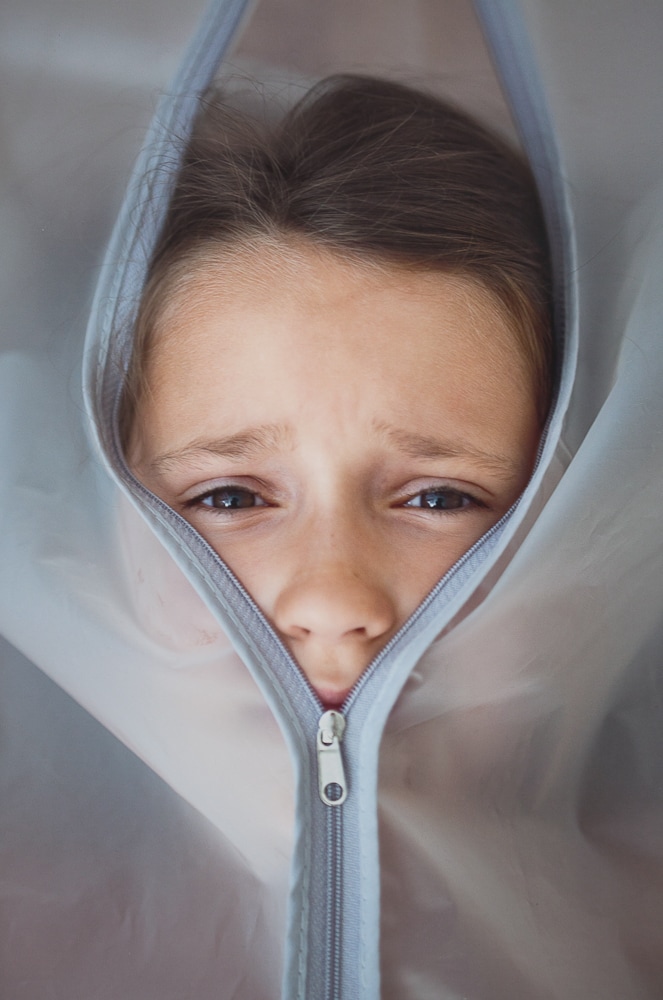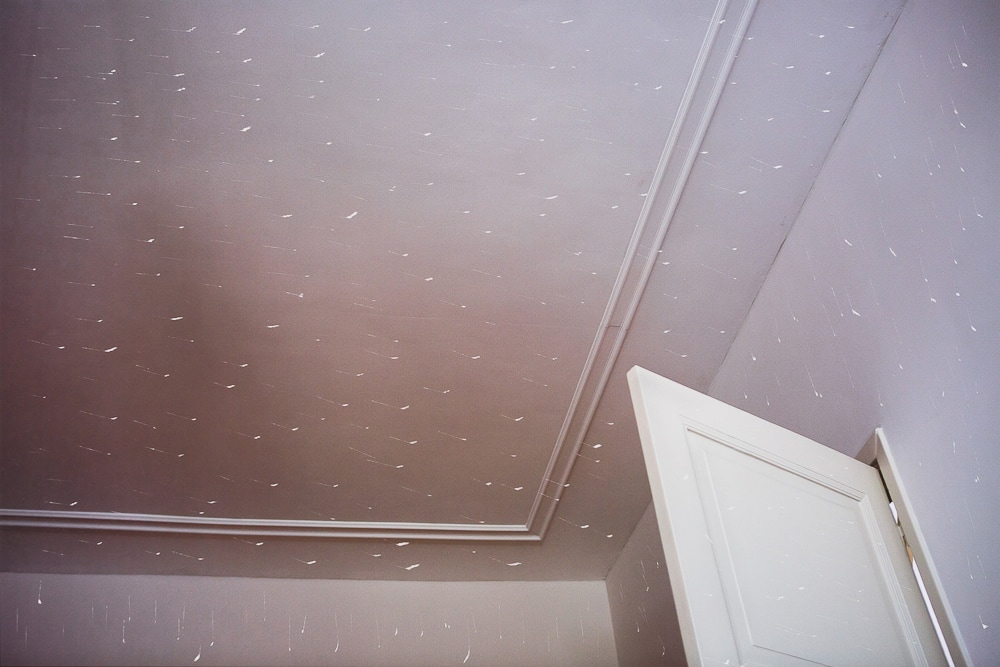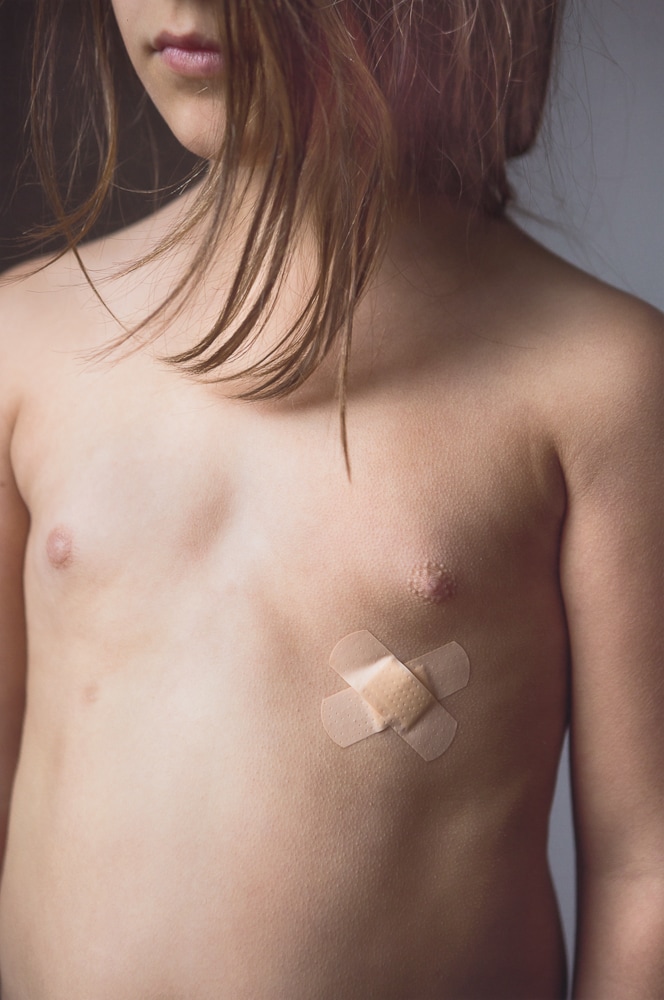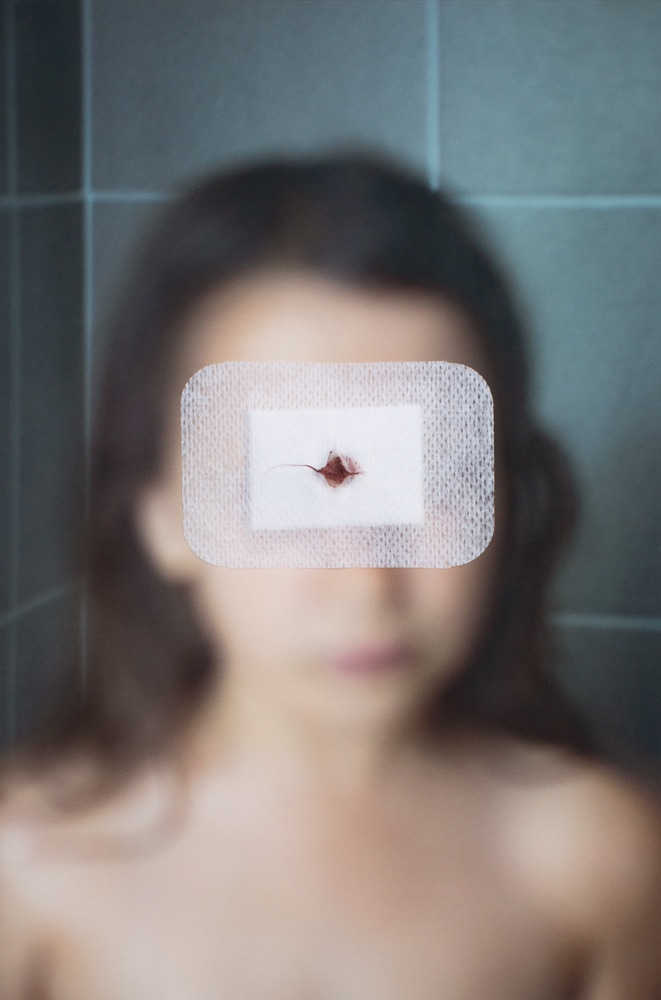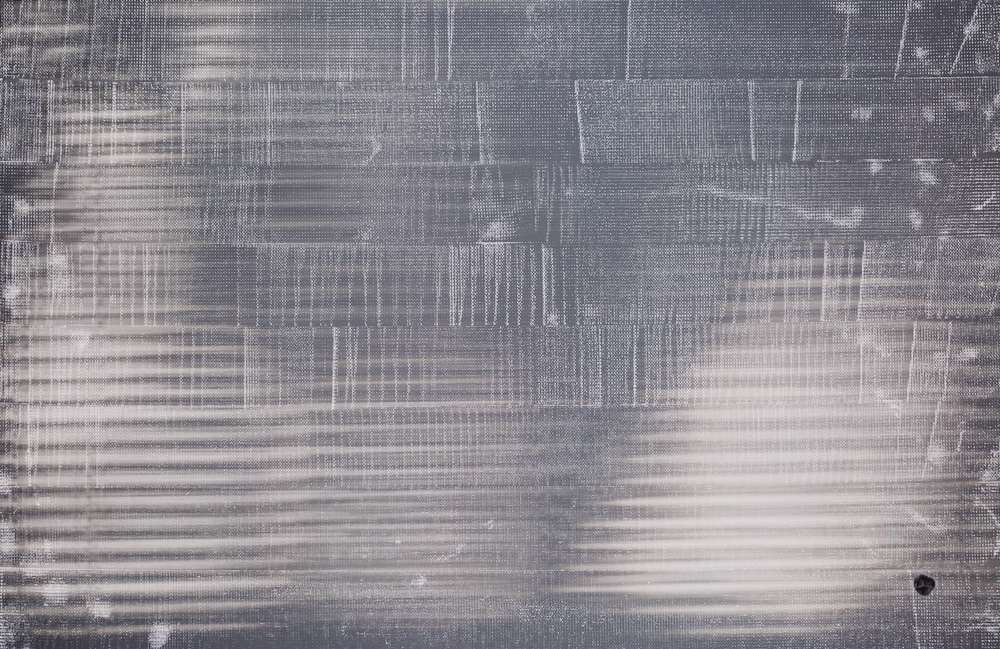Anne-Laure Autin is a French fine-art photographer and mixed-media artist residing in the Netherlands. Fascinated by the philosophical concepts of universality and relativism as a teenager, she studied theoretical mathematics and holds an MSc from the University of Leiden (NL). She is always inspired by contrasting juxtapositions, and embraces the duality of her search for truth and her love of human nature, where no logic is apparent. In her staged work, she seeks out the deepest, most candid and raw emotions from her subjects. Her sets are disarmingly simple so that the viewer senses true human connection.
Autin’s work has been exhibited internationally, in the USA at the Corden Potts gallery in San Francisco, at the Center for Fine Arts Photography in Colorado, Soho Photo gallery, as well as in Canada, in the UK at the Brighton Photo Fringe, and at the Berlin Foto Biennale. Her work is in the collection of the Museum of Fine Arts, Houston. Her images have been featured on LensCulture, Musée Magazine, Lenscratch, L’ Oeil de la Photographie, Fraction Magazine and Don’t Take Pictures. She was a Critical Mass finalist in 2016 as well as a BPF OPEN16 Solo finalist. Her first monograph Blood Line published by Kris Graves Projects in NYC is scheduled for release end of May 2017.
Artist Statement: “Blood Line”
Once your parents pass away, you realize you’re next in line. My father was diagnosed with terminal cancer at the tender age of 64. Blood Line investigates how his inescapable disease and death also affected my own life. I saw my father’s pain and felt my own. My subjects are my daughters, my flesh and blood, his descendants. He experienced, I processed, they embody.
With this work I address how terminal illness turns our lives upside down and affects communication and identity. When I was with my dad, he and I knew his days were numbered. I was able to say things I might not have shared before, but I also found myself withholding private thoughts. My version of reality and truth shifted. Blood Line illustrates the ensuing coding of language and our morphing sense of Self.
Life as I knew it was radically redefined and my personal definition of a photograph evolved. In much of the work, I altered the surface of my pigment ink prints with the medical supplies that overtook our lives, such as gauze, suture thread, eosin…, even my own blood that I drew from my fingers. I cut the prints with scalpels and tore them by hand. By lineage, I am the literal link between my father and my daughters. Now I am also that link through the work of my hands. A year later he is gone, and when I am too, the photographs will still be there to connect us all.
Kris Graves: When did you realize you had to become an artist?
Anne-Laure Autin: I studied theoretical mathematics in university and absolutely loved it! But I didn't love the corporate job it lead to. After a while I felt like I was dying a little on the inside every day. Photography had always been exciting, starting the day I entered the darkroom our primary teacher had set up for rainy recesses. So 10 years ago I decided to do what made me happy, and I became a portrait and wedding photographer. But after several years, I slowly started to feel bad again. I adored my clients but I needed to reconnect with the reason I had come to the medium. I had ideas for personal projects, but they never came to fruition because running the studio took all my time. Then a few years ago, for a couple of weeks, the doctors thought I might have a brain tumor. When you have to contemplate your mortality in such a real way, you get instant clarity on what matters, what doesn’t. It was then completely evident that if I still had a life ahead of me, I would stop censuring myself and would finally make the art I was containing on the inside. It was actually terrifying to acknowledge to myself that I am an artist, but it’s like you said - I had to.
KG: What is the first photograph you made of either of your children where you stepped back and thought that the image was more than a snapshot? Was the photograph made intentionally for your artwork?
ALA: The girls were playing dress-up in my studio with accessories I had for my clients. My eldest daughter was 8. We were shaping tulle into Mickey ears, but it became somewhat architectural instead and I asked if I could take a photo. She said yes and simply sat there. That photograph felt different. I think I had my first glimpse into the person she would grow up to be. It was a little confronting as a mother but I love that frame and it still is on my website. The depth of her expression, the connection... It was a first turning point for me in terms of how I approach work.
KG: And how did those lighthearted photographs turn into your current project Blood Line, which takes a very different approach. How were you able to involve your children in such an emotional project? Why did you focus on your daughter's and not make any self portraits?
ALA: Since I make conceptual art, everything I put in a photograph has to be thought out, meaningful, and in line with my overall concept - starting with model choice. For Blood Line, I first considered photographing several family members, including myself. I even shot 60 different self-portraits exploring my feelings as part of my investigation. Then one day, my father said that he loved who I was, as an adult, but that it was also more primitive - he felt it “in his blood”. It made me think more about filiation and I attributed each of us a role in this narrative: he experienced the cancer, with the knowledge it would kill him; I processed what I saw, his pain, ours; and my daughters embody my reflections on the topic. Also, photographing only my children helps me speak of the loss of innocence in the face of death.
Once I had the idea, I wanted the approval of my entire family. The girls were very invested throughout the project. My then 9 year old even once stated gravely "This work is important", and to her it is, because it’s about her grand-father. We set some ground rules, like they could say “No”, to anything. They had a veto right on shown images, which the eldest used once. The youngest loved to make set suggestions, she's a mini art director! Her sister liked to see me choose the final frames - she would make for a terrific editor... Because most of the work is done ahead in my head, the photography time was really short, probably on average once a week for 10-20 minutes. Occasionally, watching a YouTube video took priority, and that's ok. They are kids and I could wait a day. Mostly though, it might be weird to say, but we had fun. We felt very connected to my dad when working together, so we were usually not sad, much to the contrary. “You’re SO freaky, mom!” became an inner-circle joke... And sometimes they laughed so much that I could not use a single frame - their expressions weren’t credible for what I intended! And I can only show what perfectly suits the narrative...
KG: Why did you use your blood in the works and not your children's blood?
ALA: I am the literal blood link between my father and my daughters, it seemed logical to use my own. In “Infinite Loop”, I use it to paint a personal morse code message to my dad - anyone else’s blood would not make much sense. I also started to think about what the artist’s mark means in photography. The drop of blood on the last image, “Lights out”, is like a final seal I put on the work, and so it had to be mine. But though I have all those reasons to use my blood, I actually never once envisaged using my daughters’. Their grandpa’s illness and death has marked them a lot. They say Blood Line actually helped them process it all - I don’t want them to associate any pain with it. And also, I’m their mom! I simply don’t want them to bleed...
KG: Where do you envision/ dream of your project being displayed?
ALA: Oh, tough one... I don't make work thinking about where it might hang and who will see it. If I did, it would compromise the integrity of my process and kill all genuineness about it. If I had tried to appeal, say, to the collectors of a particular commercial gallery looking for decorative work, Blood Line would probably not even exist... I recently found out that some of my work made it to the permanent collection of MFA,H and I’m thrilled! But it most certainly would not have happened had I aimed for it - because I know that I pretty things up the minute I think about what people might like. And I don't want to pretty things up anymore... So I can't worry about what others might think - I mean, I do worry about it from time to time, but I ignore it as much as I can. I just *had* to make Blood Line, regardless of whether it would get shown at all. I did think about installation ideas to complement the work - video, small sculptures connected to the prints... And of course, I'm delighted when curators I admire show interest! For instance, you approaching me to make the book blew my mind. I had never even considered having a monograph - so I guess I got a "dream I didn't even know I had” come true!
KG: How did you know that you had completed your project Blood Line?
ALA: Well, my father died. I photographed “All I see” shortly after his funeral because I had already constructed that image in my head two days before he passed away. But after that, I didn’t want to come up with new ideas. Coincidentally, I had thought a week earlier looking at the entire body of work that I was drawing near, that I had pretty much said all that I wanted to say about this. At the same time, even though I know I am done, I have this strong inexplicable urge to build on it somehow. My visual vocabulary has evolved so much this past year and I’m seeing many threads that interest me... I’m trying to understand how this can all inform my next work. So I think that Blood Line is also a starting point for me!
KG: Thank you very much for answering so many personal questions. Art is best when personal and it shows in your work.
ALA: Thank you! And thank you for your insightful questions, it's always great chatting with you.
